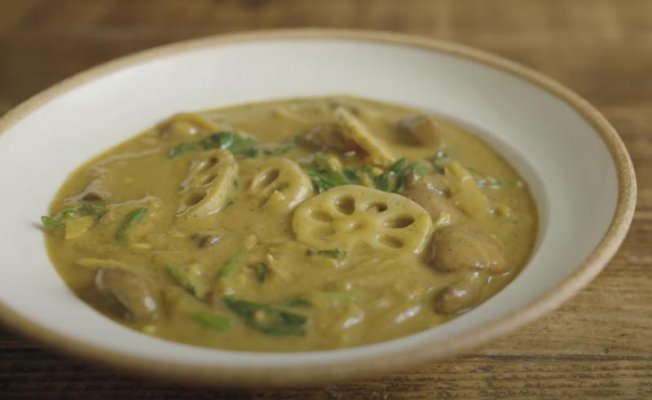larry_stewart
Master Chef
Im not a big Japanese food fan. partially cause I just dont like the flavor profile, and partially cause of my dietary restrictions.
That being said, my wife forwarded me a video recipe for a Japanese Curry.
First 3 ingredients were ginger, garlic and onion ( Made sense to me).
The next 3 ingredients had me scratching my head aa bit ( Cumin powder, Coriander powder and Turmeric powder).Chili powder and five spice powder were also added . All was fried together in oil.
White sesame paste, dehydrated sun-dried tomatoes, brown sugar , rice powder, salt, water were blended together to make a creamy produce and added toward the end
Sliced lotus root and mushrooms were lightly fried in oil, spinach was added, then the above curry ingredients ( and creamy mixture) were added.
It didn't look bad, I was a just wondering if cumin powder, coriander powder and turmeric powder were common ingredients in Japanese cooking .
That being said, my wife forwarded me a video recipe for a Japanese Curry.
First 3 ingredients were ginger, garlic and onion ( Made sense to me).
The next 3 ingredients had me scratching my head aa bit ( Cumin powder, Coriander powder and Turmeric powder).Chili powder and five spice powder were also added . All was fried together in oil.
White sesame paste, dehydrated sun-dried tomatoes, brown sugar , rice powder, salt, water were blended together to make a creamy produce and added toward the end
Sliced lotus root and mushrooms were lightly fried in oil, spinach was added, then the above curry ingredients ( and creamy mixture) were added.
It didn't look bad, I was a just wondering if cumin powder, coriander powder and turmeric powder were common ingredients in Japanese cooking .


